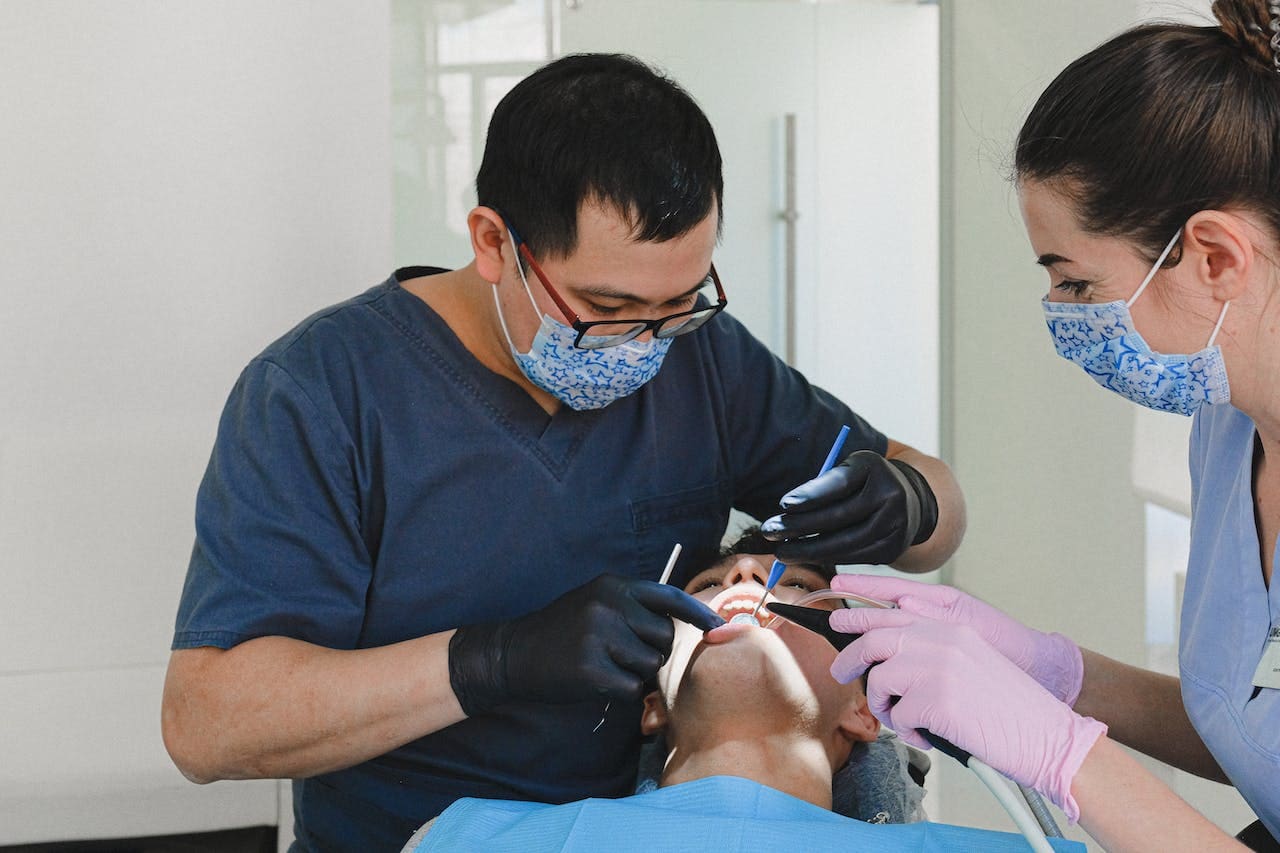Dental anxiety can prevent individuals from seeking necessary dental care, leading to oral health problems and undesirable consequences. Today, an increasing number of dental practices are integrating sedation dentistry as a solution to help patients overcome anxiety and fear while comfortably receiving dental treatments. If you’re considering sedation dentistry for yourself or a loved one, Chestnut Hill Dental is here to demystify the process and answer any questions you may have.
In this informative article, we will delve into the different types of sedation dentistry, outline what to expect during your visit, and discuss the benefits it can provide in ensuring a relaxed and comfortable experience at the dentist’s office. Whether you have a history of dental anxiety or simply require complex procedures, this comprehensive guide will help you better understand how sedation dentistry can enhance your dental experience and contribute to improving your overall oral health.
Types of Sedation Dentistry
There are various types of sedation dentistry available to accommodate each patient’s unique needs and preferences. The primary methods are:
– Nitrous Oxide: Commonly known as “laughing gas,” nitrous oxide is a mild sedative inhaled through a mask. It induces a sense of relaxation and can be administered in varying concentrations to suit each patient’s level of anxiety.
– Oral Sedation: Administered in pill form, oral sedation allows patients to remain conscious but relaxed throughout their appointment. The medication is usually taken about an hour before the procedure, and the level of sedation can range from minimal to moderate.
– Intravenous (IV) Sedation: IV sedation involves administering a sedative directly into the bloodstream for a rapid and controlled effect. Patients may be conscious but could feel groggy or remember little about their visit.
– General Anesthesia: Reserved for complex dental procedures or cases of extreme dental anxiety, general anesthesia renders patients fully unconscious during treatment. An anesthesiologist closely monitors the patient and controls the anesthesia level throughout the procedure.
Who Can Benefit from Sedation Dentistry?
Sedation dentistry is an excellent solution for various patients, including those who:
– Experience dental anxiety or fear, which may prevent them from seeking regular dental care
– Have a low pain threshold or difficulty getting numb with local anesthesia
– Require lengthy or multiple dental procedures in a single appointment
– Have an overactive gag reflex, making dental treatments challenging
– Have certain physical, cognitive, or emotional conditions that make dental treatments more difficult to tolerate
Preparing for Your Sedated Dental Visit
To ensure a successful sedated dental visit, follow these essential preparation tips:
– Consult your dentist about your medical history, any medications you are taking, and any previous experiences with anesthesia or sedation. This information will help your dental professional determine the most appropriate sedation method for you.
– For oral and IV sedation, you may be advised to avoid eating or drinking for a specific period before your appointment—typically between six to eight hours.
– Arrange for a responsible adult to accompany you to your appointment and drive you home after the procedure for any sedation method that impairs your cognitive function or alertness.
The Sedation Dentistry Experience: What to Expect
While each sedation method is different, your sedated dental visit will typically involve the following steps:
– Pre-procedure assessment: Your dentist will review your medical history and discuss the most suitable form of sedation for you. They will also provide instructions on any necessary pre-visit preparations.
– Administration of sedation: Depending on your chosen method, you will either inhale nitrous oxide, swallow a pill, receive an intravenous injection, or undergo general anesthesia.
– Monitoring: Your dental team will closely monitor your vital signs throughout the treatment to ensure your safety and comfort.
– Post-procedure care: After your dental treatment, you will be given ample time to recover under the watchful eyes of your dental team. Once you’re ready, your designated driver can safely transport you home.
Benefits of Sedation Dentistry
Sedation dentistry offers numerous advantages, such as:
– Alleviating fear and anxiety, making dental visits more comfortable and tolerable
– Enabling dentists to perform more complex or lengthy procedures efficiently
– Reducing the perception of pain, as anxiety can heighten sensations of discomfort
– Potentially saving time and money by allowing multiple treatments in one visit
By understanding the various sedation dentistry options and their benefits, you can make an informed decision and experience a relaxed, comfortable dental visit. Sedation dentistry ultimately helps patients overcome dental anxiety, ensuring regular dental care and optimal oral health.
Discover the Comfort of Sedation Dentistry at Chestnut Hill Dental
Sedation dentistry provides an invaluable solution for those who struggle with dental anxiety or require complex dental procedures. By understanding the various sedation methods, their benefits, and the essential steps to appropriately prepare for your visit, you can confidently undergo dental care in a stress-free, relaxed environment.
At Chestnut Hill Dental, our experienced team is dedicated to ensuring your comfort and satisfaction during each dental visit. We provide personalized sedation dentistry options to accommodate your unique needs. Schedule a consultation with our Brighton dentistry experts today to discuss whether sedation dentistry is the right choice for you or your loved one. Together, we can maintain optimal oral health while creating positive dental experiences for the entire family.


